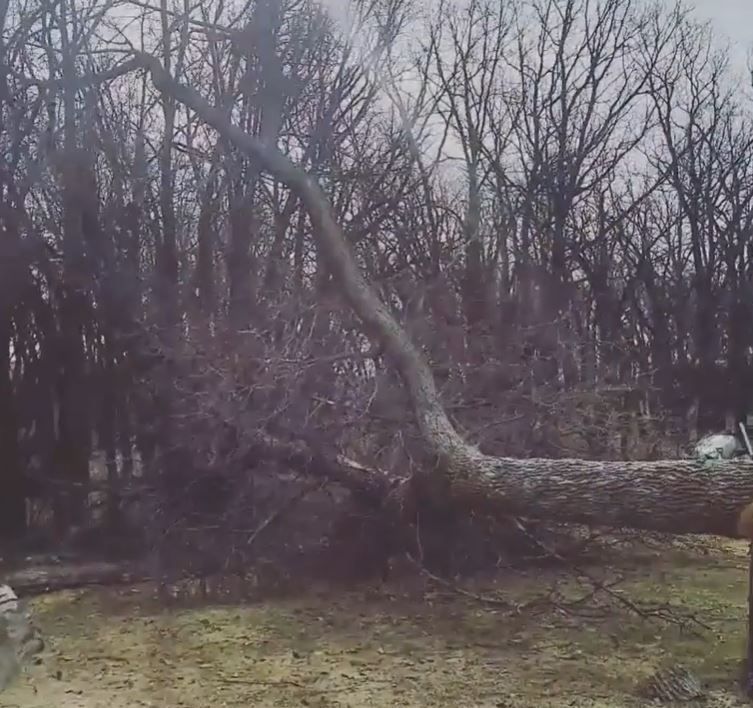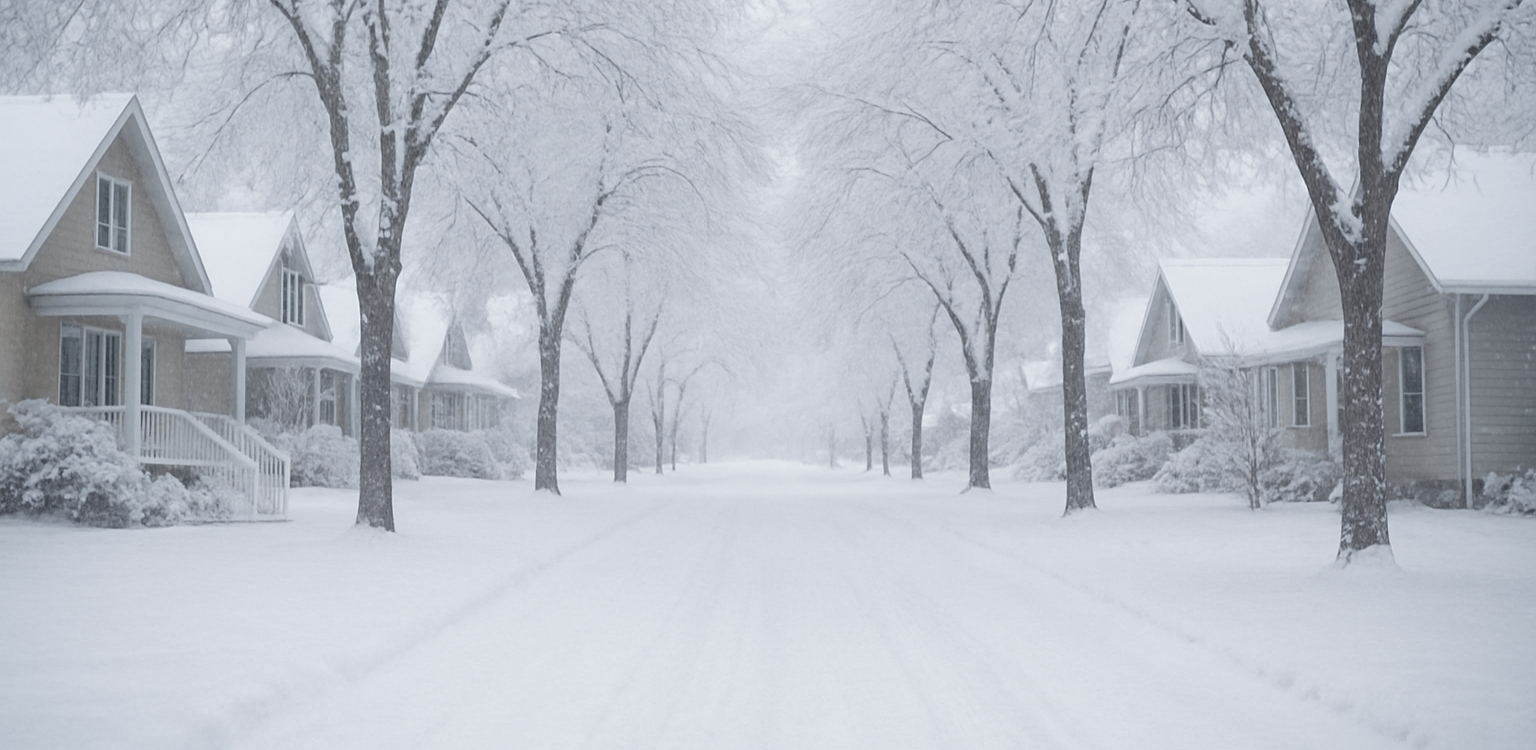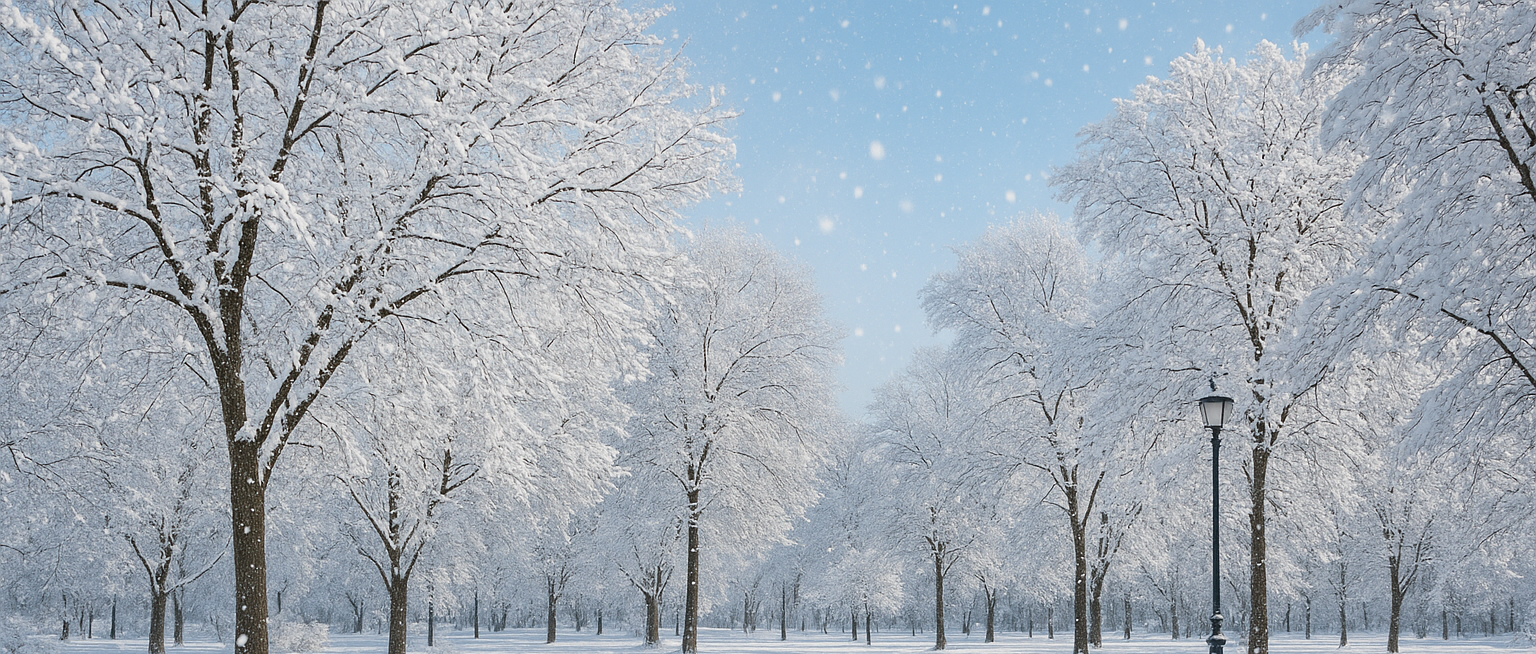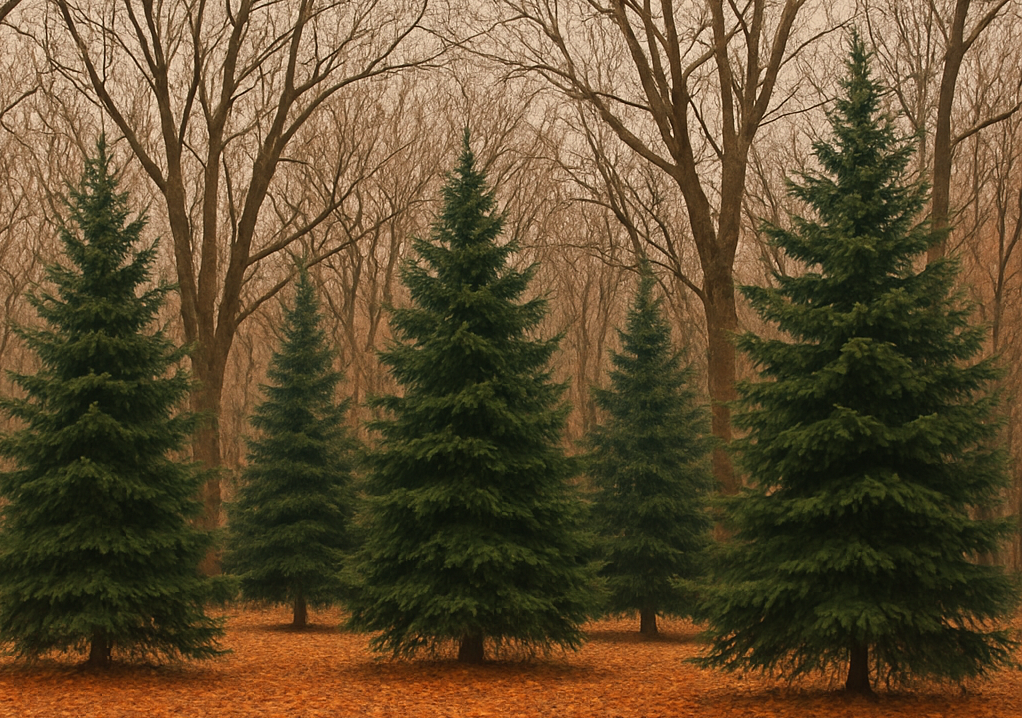Tree Care Tips During a Drought: How to Keep Your Trees Healthy in Water-Scarce Conditions
Trevor Soltys & Paul Kasper
Drought conditions are becoming more common in many parts of the country, and with them come new challenges for homeowners trying to keep their landscapes healthy. Trees, in particular, can suffer when water is scarce. Unlike lawns or garden plants, trees have deep roots and longer life cycles, which means drought stress can affect them long after dry conditions have passed.
If you're looking to protect the trees on your property during a drought, here are some essential tips to help keep them healthy and thriving.
1. Prioritize Your Trees
During a drought, every drop of water counts. Mature trees add the most value to your landscape, so focus your efforts there first. Young trees, which are still establishing their root systems, should be next in line. Lawns and annuals can usually be replaced much more easily and affordably than a damaged or dead tree.
2. Water Deeply and Infrequently
Trees benefit more from deep, infrequent watering than from frequent, shallow watering. Aim to water at the drip line—the area under the outer edge of the canopy—where the tree's feeder roots are located. Use a slow trickle with a hose, drip irrigation, or soaker hoses for best results. For most mature trees, watering every two to three weeks during drought may be sufficient, while younger trees may need weekly watering.
3. Mulch Matters
Applying 2 to 4 inches of organic mulch (like wood chips or shredded bark) around the base of the tree helps conserve soil moisture, regulate soil temperature, and reduce competition from grass and weeds. Be sure to keep mulch a few inches away from the trunk to prevent rot and pests.
4. Avoid Pruning During Drought
Pruning during drought puts added stress on trees. Removing foliage reduces the tree’s ability to photosynthesize and recover. Unless you're removing dead or hazardous limbs, it's best to hold off on any major pruning until after the drought ends and the tree begins to recover.
5. Don’t Fertilize
Fertilizing may seem like a good idea to help trees grow, but during a drought, it can do more harm than good. Fertilizers can stimulate growth that the tree can’t support with limited water, and they may increase salt levels in the soil, further stressing the roots. Wait until the tree has recovered before applying any fertilizer.
6. Watch for Signs of Stress
Early signs of drought stress in trees include wilting, leaf scorch (browning around the edges), premature leaf drop, and smaller or fewer leaves. For evergreen trees, watch for browning needles or excessive needle drop. Identifying and addressing stress early can improve the chances of recovery.
7. Consider Supplemental Care
In prolonged droughts, even established trees may need a little extra help. Installing tree watering bags around young trees, using moisture meters to monitor soil levels, and scheduling a professional tree inspection can all go a long way toward preventing long-term damage.
Final Thoughts
Trees are long-term investments in your property’s beauty and value. While drought can take a toll, a little attention and smart water practices can make a big difference. If you're unsure about the health of your trees or how to care for them during dry conditions, consider reaching out to a certified arborist or local tree care professional. The right advice can help you protect your trees not just during a drought—but for years to come.







